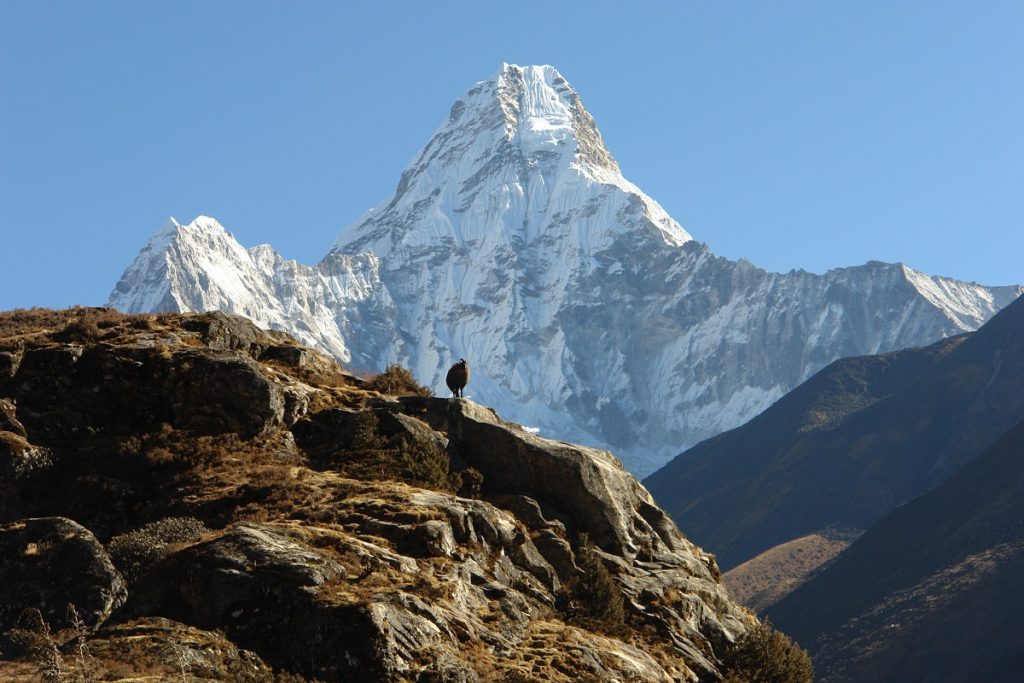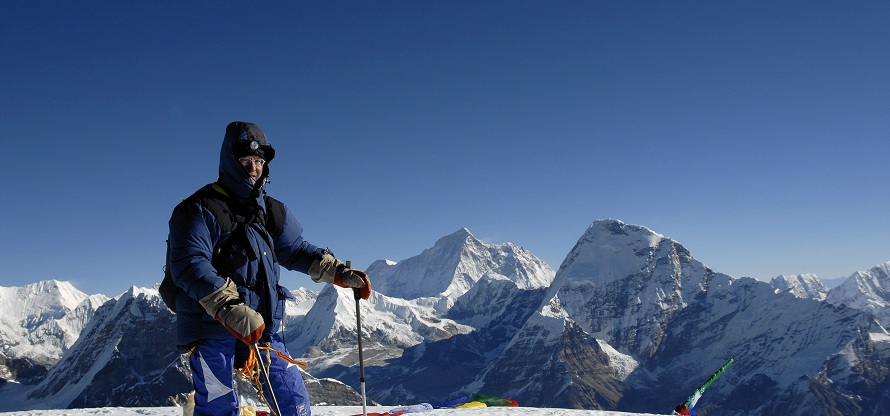Makalu-Barun National Park is a virtually uninhabited, pristine wilderness covering 1,500 km² in Eastern Nepal. This remote and rugged terrain lies east of Sagarmatha (Everest) National Park, nestled between the high plateaus of Tibet and the deep subtropical gorge carved by the Arun River.
The region offers breathtaking views of towering Himalayan peaks, including Mt. Makalu (8,463m) — the fifth highest mountain in the world — along with Mt. Chamlang (7,319m) and Mt. Baruntse (7,129m). Within just 40 kilometers, these colossal mountains descend dramatically to the Arun River at just 670 meters, creating an awe-inspiring contrast of altitudes and ecosystems.
The Makalu-Barun Valley features dramatic landscapes: cascading waterfalls plunging into deep gorges, sheer rock faces rising from dense forests, and vibrant alpine flowers blooming beneath snow-capped summits.
This unique environment is home to one of the world’s last untouched mountain ecosystems. The area harbors an astonishing array of biodiversity, with over 3,000 species of flowering plants, 440 species of birds, and 75 species of mammals — including rare and endangered species such as the clouded leopard, red panda, and musk deer. This ecological richness has earned the region global recognition and status as a living laboratory for international scientific research.
The Barun Valley is part of a transboundary protected area under a conservation agreement between Nepal and China. The trekking route passes several high-altitude passes as it ventures deep into the valley at the base of Mt. Makalu, making it an ideal destination for experienced trekkers and nature enthusiasts seeking both adventure and immersion in an untouched natural haven.


